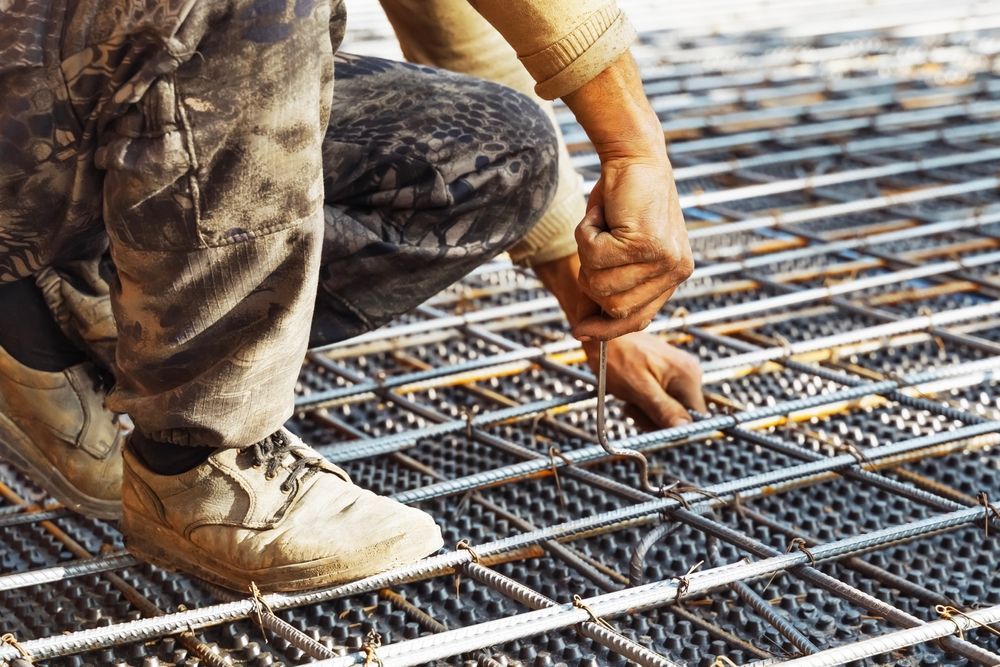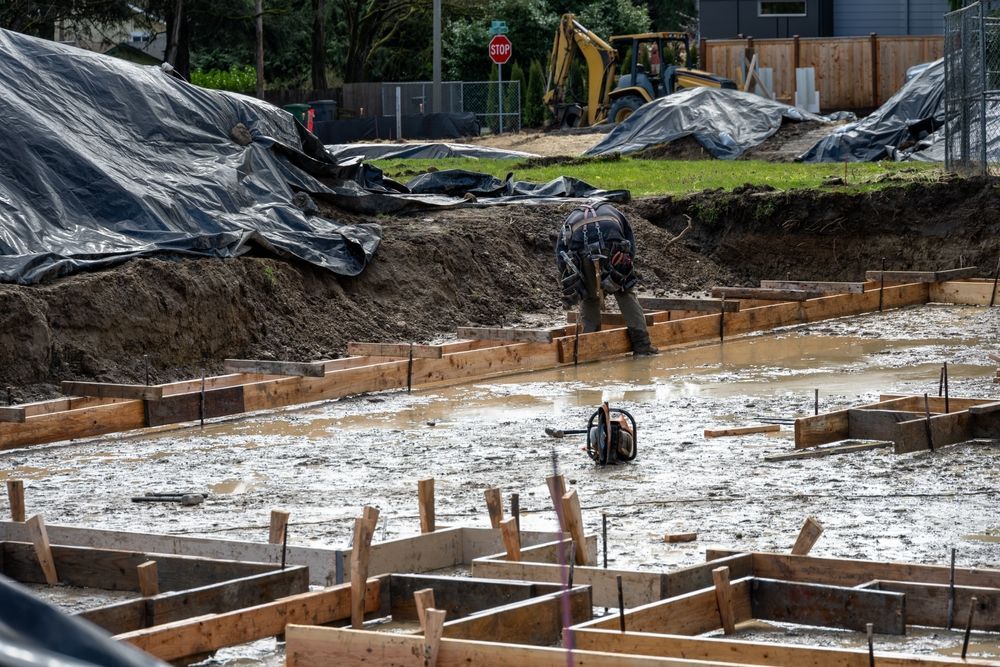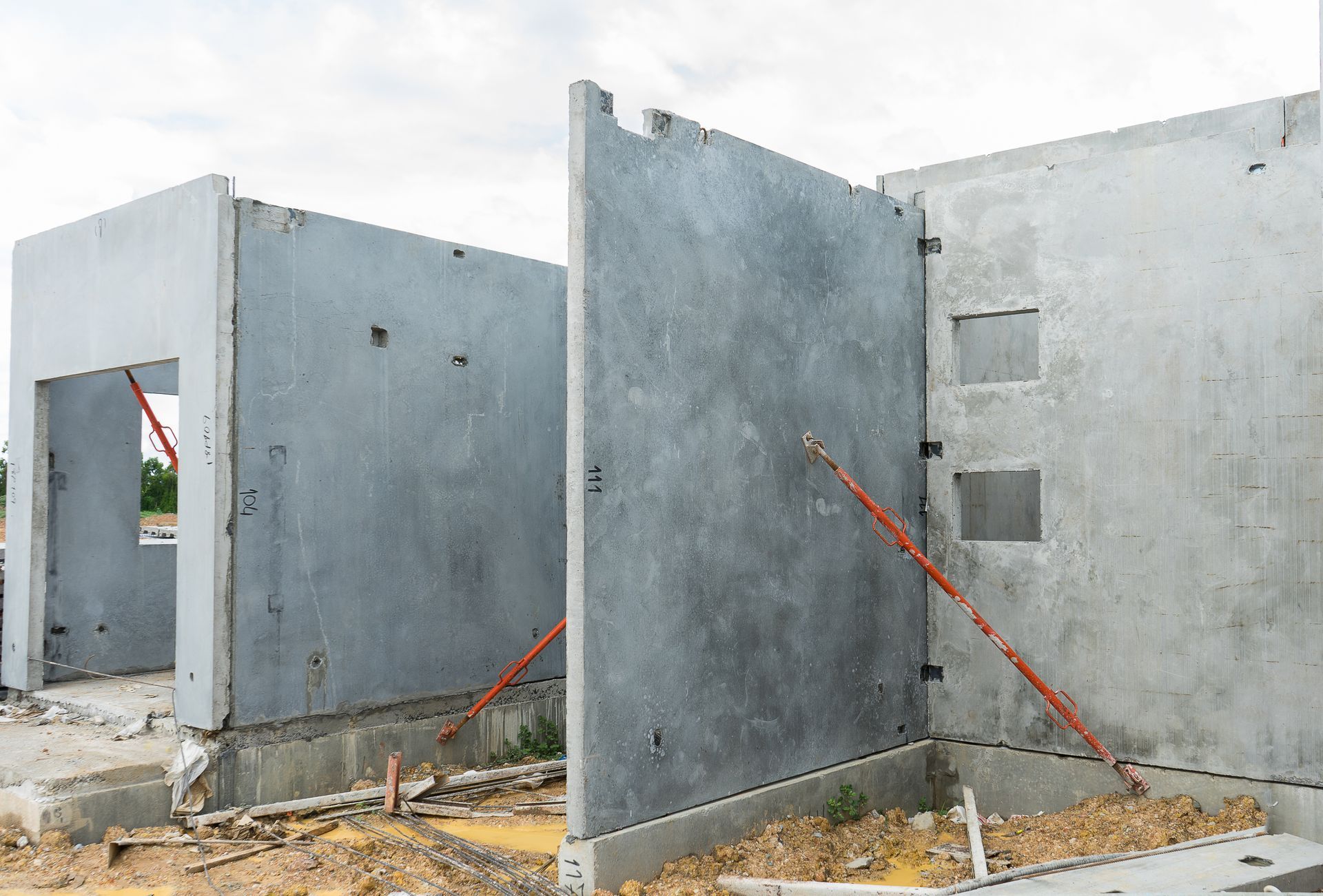Concrete Safety Tips to Avoid Accidents & Hazards
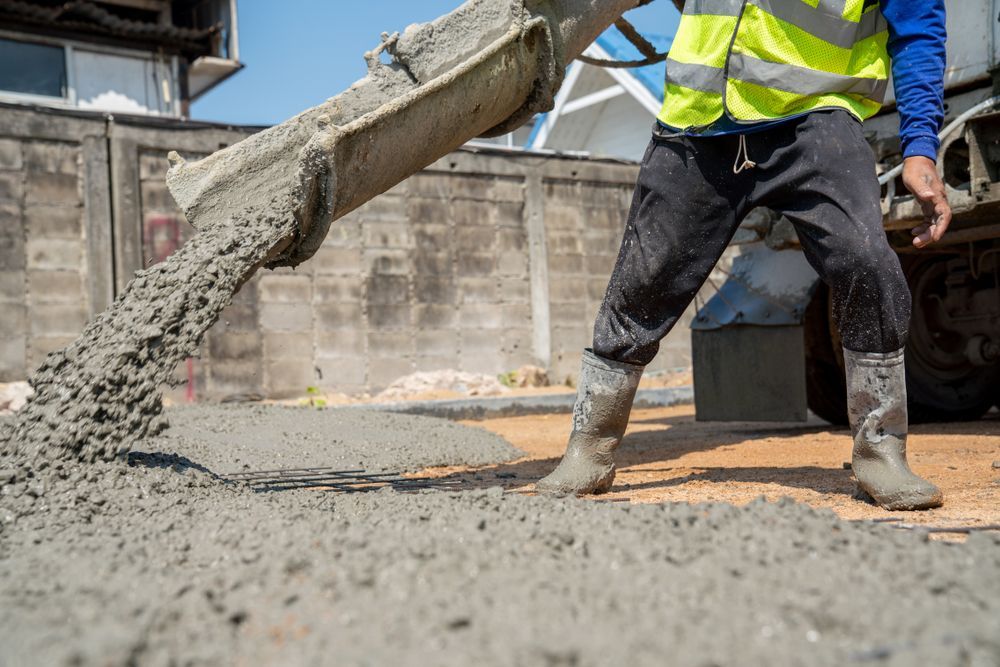
Concrete is one of the most important building materials in the modern world. Using concrete, we can build tall buildings, pave pathways, and construct foundations that last. Construction teams around the country use concrete every day.
Concrete is made from a combination of cement, aggregates, and water that, when mixed, can be hazardous to workers. Concrete dust can irritate the lungs, while the alkaline compounds in concrete can damage human skin and other tissues. If you have a construction company that uses concrete, it's important to protect workers. Using the appropriate safety gear and tools for concrete mixing can help keep your workers safe, as can administering concrete safety training.
Why Concrete Safety Matters
In the United States, nearly 80 concrete and masonry workers die each year in accidents. Construction workers handling concrete are vulnerable to a variety of accidents, including eye injuries, inhalation injuries, and severe burns.
In addition, people who work with concrete may be exposed to silica dust over time. Long-term exposure to silica dust can lead to silicosis, an incurable condition wherein the lungs become hardened and scarred.
Workplace accidents put workers in danger and are also bad for the morale of construction teams. Workplace injuries also cost money and time for construction firms.
If you manage a construction team that handles concrete, one of the things you can do to make your construction projects a success is to protect workers from the dangers of concrete. Using these concrete safety tips, you can help keep your construction workers safe.
Essential Concrete Safety Tips for a Secure Worksite
Following these safety tips and best practices helps keep workers safe.
Wear Proper Personal Protective Equipment (PPE)
Personal protective equipment helps protect workers from exposure to silica dust and corrosive wet concrete. Workers on the job site should use many types of PPE to keep their workers safe.
- Goggles. Goggles help protect workers from splatters that can cause eye injuries.
- Alkali-resistant gloves. Cotton and leather gloves are not adequate to protect workers from wet concrete. They must wear alkali-resistant gloves made from materials like butyl or nitrile.
- Respiratory protection. Workers need respiratory protection like an N-, P-, or R-95 respirator.
In addition, workers need to wear boots that are high enough to prevent wet cement from going inside the boot and touching their skin. Workers who must kneel on fresh concrete for finishing projects should plan to use waterproof knee pads or boards to protect their knees.
Use the Right Tools and Follow Best Practices
Tools help the job proceed smoothly, but it's important to use the right tools and follow best practices when using heavy equipment and hand tools.
- Follow the manufacturer's instructions. All tools come with manufacturer's recommendations and instructions for use. Workers should follow manufacturer's instructions for use. Familiarize yourself and your team with all tool and equipment instructions.
- Train all employees to use tools properly. Hold regular training on how to use tools properly.
- Enforce safety measures for the proper use of tools. After training workers to use tools properly, follow up to be sure that workers continue to use tools the right way.
Maintain Clear Communication on the Job Site
Communicate expectations clearly to help workers stay safe on the job site. There are many ways to communicate safety on the job site.
- Create organized, clearly communicated training about concrete safety
- Put up safety signs and reminders
- Be an active listener when workers discuss barriers to maintaining concrete safety
- Document when safety expectations are communicated
Stay Cautious Around Heavy Machinery and Equipment
Concrete often requires heavy machinery and equipment for moving and pouring wet concrete. Avoid accidents with heavy machinery by training workers to be cautious when heavy machinery is in use. Train those operating heavy machinery on how to use the equipment safely.
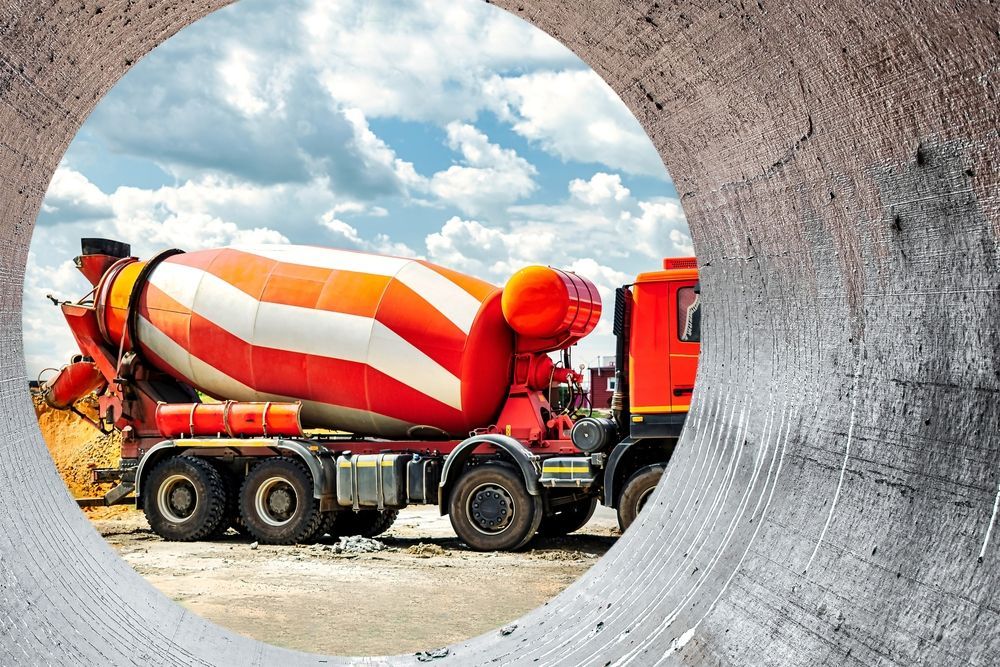
Be Aware of Your Surroundings at All Times
Accidents happen when workers aren't paying attention. Train workers to be aware of their surroundings. Spend time every morning informing workers about who is on the job site for the day and what they'll be doing. Communicating with workers about who is on the job site can help them know what activities to watch for, and what risks to be aware of.
Train Workers on Safety
Safety training is essential for maintaining safety on the job site. Hold daily safety meetings and have regular training to teach workers about how to mix and pour concrete safely and about how to use PPE. If you have a large construction company, employ an in-house safety expert to help with training. If you have a small construction business, designate someone to be in charge of administering training and maintaining a safe job site.
Recognizing Common Concrete Hazards in the Workplace
Once you've recognized common concrete hazards in the workplace, this makes it easier to mitigate hazards and keep workers safe.
Start every day by inspecting the job site for safety hazards. Train other workers to identify safety hazards as well, so they can remove hazards before accidents occur. Common hazards to watch for include:
- Dry concrete dust that can become airborne
- Cords for equipment stretched across walkways
- Slippery surfaces where slips and falls can occur
Reliable Concrete Safety Solutions from Bracing Systems
Bracing Systems sells concrete tools and concrete finishing tools. We also provide construction equipment rental services for construction businesses in the Chicago area. We can help you find the construction equipment you need to make your construction projects a success.
Whether you've got
questions about heavy equipment rental or you need tools to help with your upcoming construction projects,
contact Bracing Systems. Our experienced professionals are experts in construction materials and equipment rental, and we're here to help.

